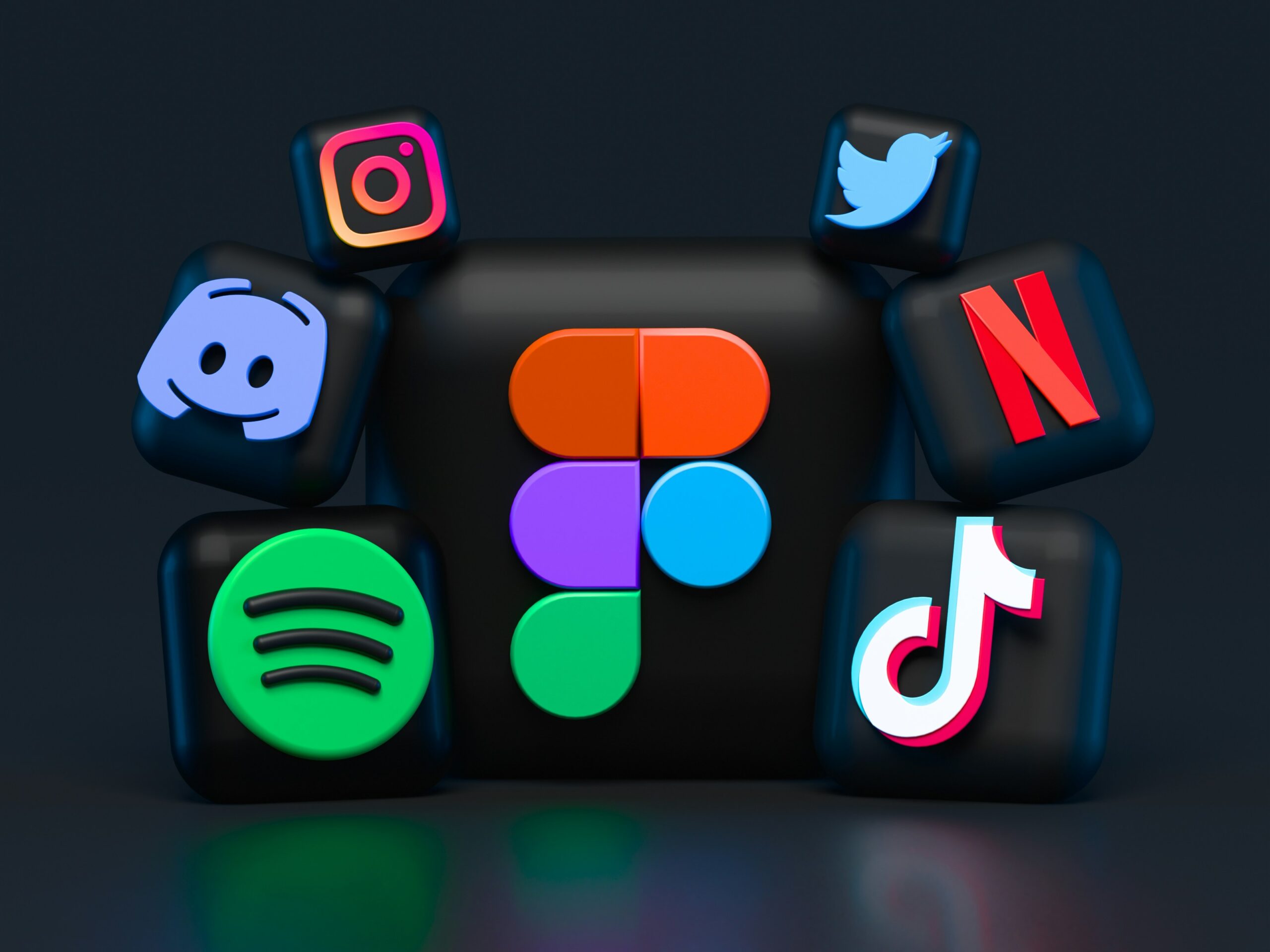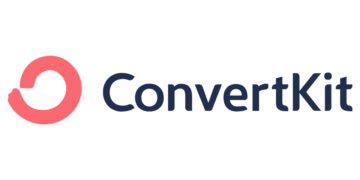No products in the cart.
The Current Cost of Living in the United States: A Comprehensive Guide and Modern Solutions
Introduction to the Cost of Living
The cost of living is a crucial metric that indicates the amount of money needed to maintain a standard of living in a particular area. It encompasses various expenses that individuals and families encounter on a daily basis, including housing, food, transportation, healthcare, and utilities. Understanding the cost of living is essential for anyone considering relocation, employment opportunities, or budgeting within the United States, as it varies significantly from state to state and even within regions of the same state.
Several factors contribute to the differences in the cost of living across the nation. Housing expenses typically constitute the largest portion of an individual’s budget, with prices for rent or mortgage payments fluctuating based on demand, location, and available housing stock. Food prices can also vary, influenced by local markets, agricultural conditions, and transportation costs. Transportation expenses, which include gas prices and public transit fees, may differ based on infrastructure and urban planning in a given area. Furthermore, healthcare costs are impacted by the availability of medical facilities, insurance options, and state regulations, all of which play a significant role in determining the overall financial burden on residents.
As of October 2023, the U.S. is experiencing notable economic challenges marked by rising costs and increasing inflation rates. Many households are feeling the strain from these financial pressures, leading to a reevaluation of budgets and spending habits. The current state of the economy underscores the importance of closely monitoring the cost of living, as it directly affects the financial stability and overall quality of life for many Americans. An awareness of these trends and the underlying factors can help individuals better navigate their financial decisions in today’s complex economic landscape.
Current Statistics on Cost of Living Across the U.S.
The cost of living is a critical factor that influences individuals’ decisions regarding relocation, employment, and overall lifestyle. In the United States, costs can vary significantly from state to state, reflecting regional economic conditions. For instance, states like California and New York often rank high in terms of living expenses, influenced primarily by exorbitant housing prices. In contrast, states in the Midwest and parts of the South generally showcase lower living costs, including housing, groceries, and healthcare.
Recent statistics reveal that the median home price in California can exceed $800,000, while states such as Ohio or Arkansas may feature median prices closer to $200,000. Housing naturally accounts for a large segment of the overall cost of living. According to the U.S. Bureau of Labor Statistics, on average, Americans allocate around 30% of their income towards housing, a figure that rises in urban metropolitan areas due to demand.
Beyond housing, food prices demonstrate considerable variation. For example, a report from the USDA indicates that a typical family of four might spend about $1,000 monthly on groceries in a high-cost state, while the same family’s monthly budget might only reach approximately $600 in lower-cost regions. Utility costs, including electricity and water, further contribute to monthly expenses, with national averages hovering around $350 per month, but higher in states with extreme weather conditions.
Healthcare costs also present a substantial impact on the cost of living. States like Massachusetts may have healthcare expenditures averaging $5,000 per person annually, while states with less extensive coverage options may reflect lower figures. Analyzing these statistics helps elucidate the disparities in living costs across the country, providing a clearer picture for individuals weighing their options in potential relocations or financial planning.
Inflation Rates and Their Impact on Daily Life
The cost of living in the United States has been significantly influenced by fluctuations in inflation rates, which reflect the rate at which the general level of prices for goods and services rises. As of 2023, inflation rates have been a topic of considerable concern. The Consumer Price Index (CPI), a key indicator in gauging inflation, has showcased a marked increase when compared to previous years. This rise can largely be attributed to several factors, including supply chain disruptions, heightened consumer demand, and economic recovery movements post-pandemic.
The data reveals that the inflation rate has seen substantial annual increases, heavily impacting essential goods and services. For instance, prices for staples such as food, housing, and transportation have surged, placing a heavier burden on American households, particularly those in lower-income brackets. When inflation rates rise, it becomes increasingly challenging for families to maintain their standard of living. Basic necessities that were once affordable may now account for a larger percentage of a family’s budget, exacerbating financial strain.
This trend has prompted many consumers to adapt their spending habits. Families may prioritize essential expenditures, which could lead to cutting back on discretionary items. Moreover, the relationship between inflation and interest rates also plays a vital role in this scenario. As the Federal Reserve adjusts interest rates to combat rising inflation, borrowing costs may increase, making it even harder for families to finance larger purchases, such as homes or cars.
In summary, the current inflation rates in the United States have far-reaching implications for daily life. The rising costs of essential goods and services, combined with changing economic conditions, have created significant challenges for many households, necessitating careful financial planning and adjusted spending habits to navigate this new economic landscape.
The Role of Remote Earnings in Outpacing Inflation
As inflation continues to affect the cost of living in the United States, remote work opportunities have emerged as a vital strategy for individuals and families seeking to enhance their financial stability. The shift towards remote work has been accelerated by advancements in technology and changes in workplace culture, allowing many to gain additional income while maintaining flexibility in their schedules. These opportunities not only provide a way to supplement earnings but can also serve as a primary source of income, especially for those facing rising costs.
Remote earnings can come from various sectors, including freelance work, part-time remote jobs, and even full-time positions in industries that readily accommodate telecommuting. Professional fields such as technology, marketing, writing, customer service, and education often provide a wealth of opportunities that individuals can capitalize on from the comfort of their homes. By leveraging their skills and expertise, remote workers can tap into a global job market that transcends geographical limitations, often leading to better pay than traditional local jobs.
However, while the benefits of remote work are considerable, it is essential to acknowledge the potential challenges as well. Remote workers may face issues such as isolation, difficulty in separating work from personal life, and fluctuations in workload. Additionally, not all remote positions offer comparable benefits, including health insurance and retirement plans, which could hinder long-term financial planning. As such, individuals should carefully evaluate the types of remote work opportunities available and consider factors such as job security, pay rates, and potential career growth.
In navigating the landscape of remote work, it is crucial for individuals to align their skills and interests with the demands of the market. By doing so, they can effectively utilize remote earnings to outpace the financial pressures imposed by inflation and the overall increasing cost of living in the United States.
Exploring TikTok as a Platform for Remote Earnings
TikTok has emerged as a significant platform for content creators, providing innovative opportunities for monetizing creativity and engagement. With its rapid growth, TikTok has become a staple in the digital economy, attracting users from diverse backgrounds seeking to generate income through content creation. The platform’s unique algorithm prioritizes engaging and trending content, making it possible for creators to achieve viral success, even with relatively small followings.
At the core of TikTok’s monetization strategy is its ability to foster a dynamic community where users can showcase their talents, share informative content, or entertain viewers. Successful creators often produce compelling videos that resonate with audiences, leveraging current trends and challenges to enhance visibility. Participation in these trends is crucial; by understanding what resonates with viewers, creators can increase their chances of producing viral content that leads to higher engagement rates and follower counts, directly influencing potential earnings.
The monetization options available on TikTok include in-app purchases, brand partnerships, and affiliate marketing. Through brand partnerships, creators can collaborate with businesses, promoting products or services to their followers. This not only expands the creator’s reach but also offers additional income streams. Moreover, creators can utilize TikTok’s Creator Fund, which compensates eligible users based on video performance. These diverse monetization strategies make TikTok an appealing platform for those looking to earn remotely while maintaining flexibility in their work schedules.
Additionally, the potential for organic reach on TikTok surpasses traditional social media platforms, allowing users to engage with a global audience. By adopting effective marketing techniques such as storytelling, audience engagement, and fostering community interaction, TikTok creators can cultivate a loyal fan base that ultimately translates into increased earnings.
Programs and Tools Offered by TikTok for Creators
TikTok has established itself as a leading platform for content creators, providing numerous tools and programs aimed at supporting monetization efforts. One of the key initiatives is the TikTok Creator Fund, designed to financially compensate creators based on the engagement and reach of their videos. By participating in this program, creators can earn revenue directly related to their content’s performance, offering a tangible way to monetize their creativity and hard work.
In addition to the Creator Fund, TikTok promotes various partnership opportunities that allow creators to collaborate with brands. These partnerships often result in sponsored content, which can be a lucrative source of income. Creators are encouraged to leverage their unique personalities and styles to attract brand deals that align with their audience and interests, further enhancing their potential earnings.
Merchandising options present another avenue for creators to generate revenue. TikTok allows users to showcase their branded merchandise directly in their profiles and videos, making it easy for followers to purchase products. This feature helps creators tap into their fanbase, offering products that resonate with their audience while empowering them to increase their income streams.
For new creators, TikTok offers a wealth of resources aimed at helping them navigate the monetization landscape effectively. The platform provides tutorials, tips, and community guidelines that educate creators on best practices for growing their audiences and maximizing their earnings. Additionally, the TikTok Creator Marketplace is a valuable tool where influencers can connect with potential sponsors, further enhancing their chances of monetization.
With its comprehensive suite of programs and tools, TikTok enables creators to capitalize on their content while providing innovative solutions to outpace inflation and thrive in the ever-evolving digital economy.
Case Studies: Success Stories from TikTok Creators
In recent years, numerous individuals have turned to TikTok, leveraging the platform’s unique algorithm and wide reach to generate significant income. One notable success story is that of Bella Poarch, who gained fame through her engaging lip-sync videos. By quickly amassing millions of followers, she transitioned her TikTok popularity into lucrative brand partnerships and music releases. Her journey illustrates the potential of personal branding and content diversification, where creators are encouraged to pivot and explore various avenues for income generation.
Another successful creator is Zach King, known for his magical editing skills, which have captivated millions. His creative approach to storytelling allowed him to grow an impressive following, cementing his status as a household name. King has mastered the art of producing content that not only entertains but also educates his audience, utilizing ad revenue and brand collaborations to augment his earnings. His success demonstrates the importance of innovation and maintaining a connection with viewers, critical elements for sustained growth in the competitive landscape of social media.
Similarly, the journey of Charli D’Amelio stands out. Starting as a casual user, Charli quickly skyrocketed to fame with her dance challenges. She has effectively utilized her platform to build a personal brand, engaging with audiences across various social media channels. D’Amelio’s case emphasizes how consistency and adaptability can lead to numerous monetization opportunities, including sponsorships and merchandise sales. By providing content that resonates with viewers, creators can not only establish a loyal fan base but also explore multiple revenue streams.
These profiles highlight diverse success pathways for TikTok creators. Each has demonstrated a unique strategy leveraging creativity, audience engagement, and an astute understanding of branding, showcasing actionable lessons for aspiring content creators navigating a changing economic environment.
Practical Tips for Monetizing Your TikTok Content
Monetizing content on TikTok can be a rewarding venture if approached strategically. To build an audience effectively, creators should first identify their niche. This involves selecting themes or topics that resonate with your interests and skills, allowing for authentic and engaging content that attracts viewers. Consistency is crucial; posting regularly increases visibility and helps maintain audience engagement. Establish a content schedule and stick to it to cultivate a loyal following.
Engagement fosters community, and successful TikTok creators often interact with their audience. Responding to comments, participating in challenges, and collaborating with other influencers helps to build relationships that can be beneficial for your growth. Consider using TikTok Live features as well, which provide an opportunity to connect directly with followers in real time. Engaging content also includes using trending sounds and hashtags, which can increase the likelihood of discovering your videos by a broader audience.
Once a substantial following has been established, the next step is converting that audience into income sources. There are several monetization avenues available, including brand partnerships, merchandise sales, and TikTok’s Creator Fund. Creator Fund pays users based on video views, thus focusing on creating shareable and engaging content can lead to better monetization opportunities. It is also beneficial to approach brands that align with your values for partnerships, as this authenticity can resonate better with your audience.
Ultimately, successful monetization on TikTok requires a mix of creative strategy and audience interaction. By continually refining your approach and analyzing what content works best, you can turn your passion for TikTok into a lucrative venture, making the most of the platform’s unique opportunities.
Conclusion: Navigating Cost of Living Challenges
In assessing the current cost of living in the United States, it is evident that various factors contribute to the financial pressures faced by individuals and families. We have explored how inflation, housing costs, and daily expenses have steadily risen, prompting a need for adaptive strategies. Understanding these dynamics is crucial for anyone aiming to maintain financial stability in today’s economic climate.
Throughout our discussion, we emphasized the significance of developing income-generating skills and the benefits offered by modern platforms. Notably, social media channels such as TikTok have emerged as viable avenues for individuals seeking innovative ways to supplement their income. By leveraging one’s unique talents and interests, individuals can create content that resonates with audiences, potentially transforming a digital presence into a profitable venture.
Moreover, we highlighted the importance of budgeting and finding creative solutions to manage financial challenges effectively. Tools such as budgeting apps and community resources can empower individuals to take control of their finances while addressing the rising cost of living. Exploring additional avenues, including freelance work and side hustles, can also foster resilience against economic fluctuations.
As we conclude, we encourage readers to delve deeper into the resources provided and consider how diverse strategies can be implemented to navigate this evolving landscape successfully. By remaining informed and open to exploring opportunities that align with one’s skills and aspirations, individuals can better position themselves to thrive amidst these challenges. The journey through the complexities of the cost of living may be daunting, but a proactive approach can lead to sustainable financial well-being.
For further reading and resources, we recommend exploring articles on financial literacy, budgeting techniques, and creative income opportunities that can provide additional support in your journey toward financial stability.






















![A Comprehensive Review of [Course/Product/Experience Name] 22 man in gray shirt sitting on black chair](https://theamericansidehustle.net/wp-content/uploads/2025/03/man-in-gray-shirt-sitting-on-black-chair-1-scaled.jpg)















































































